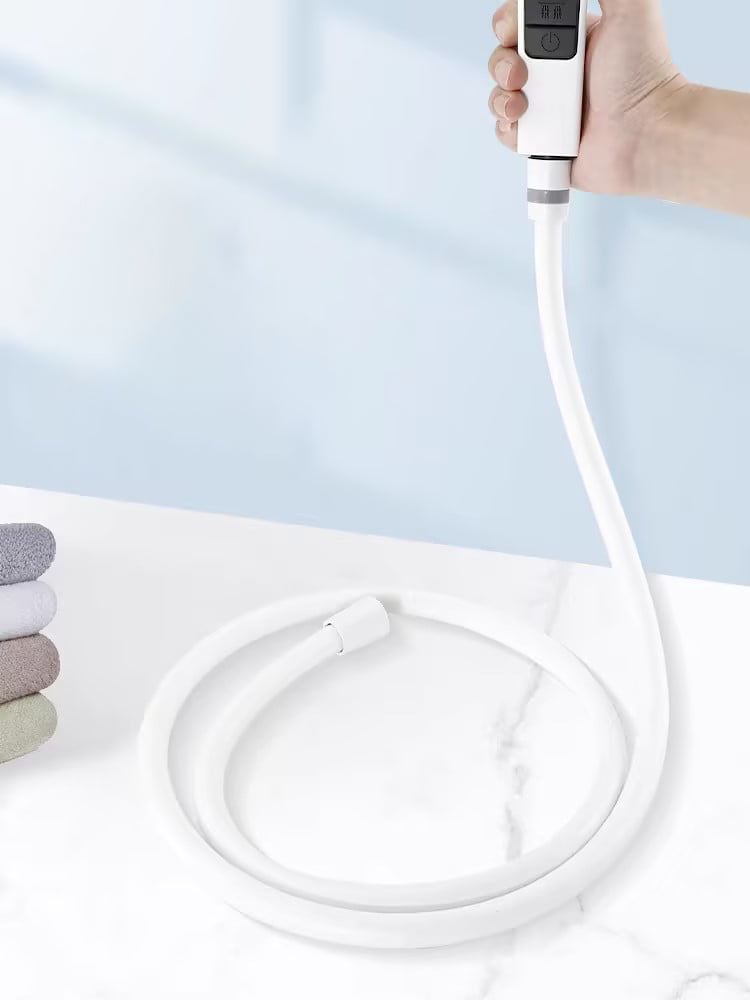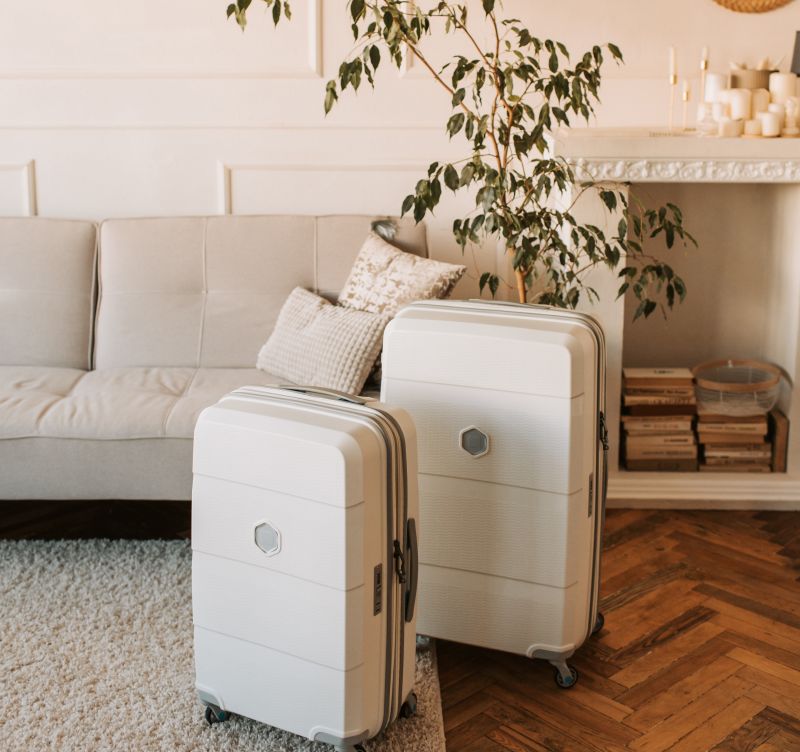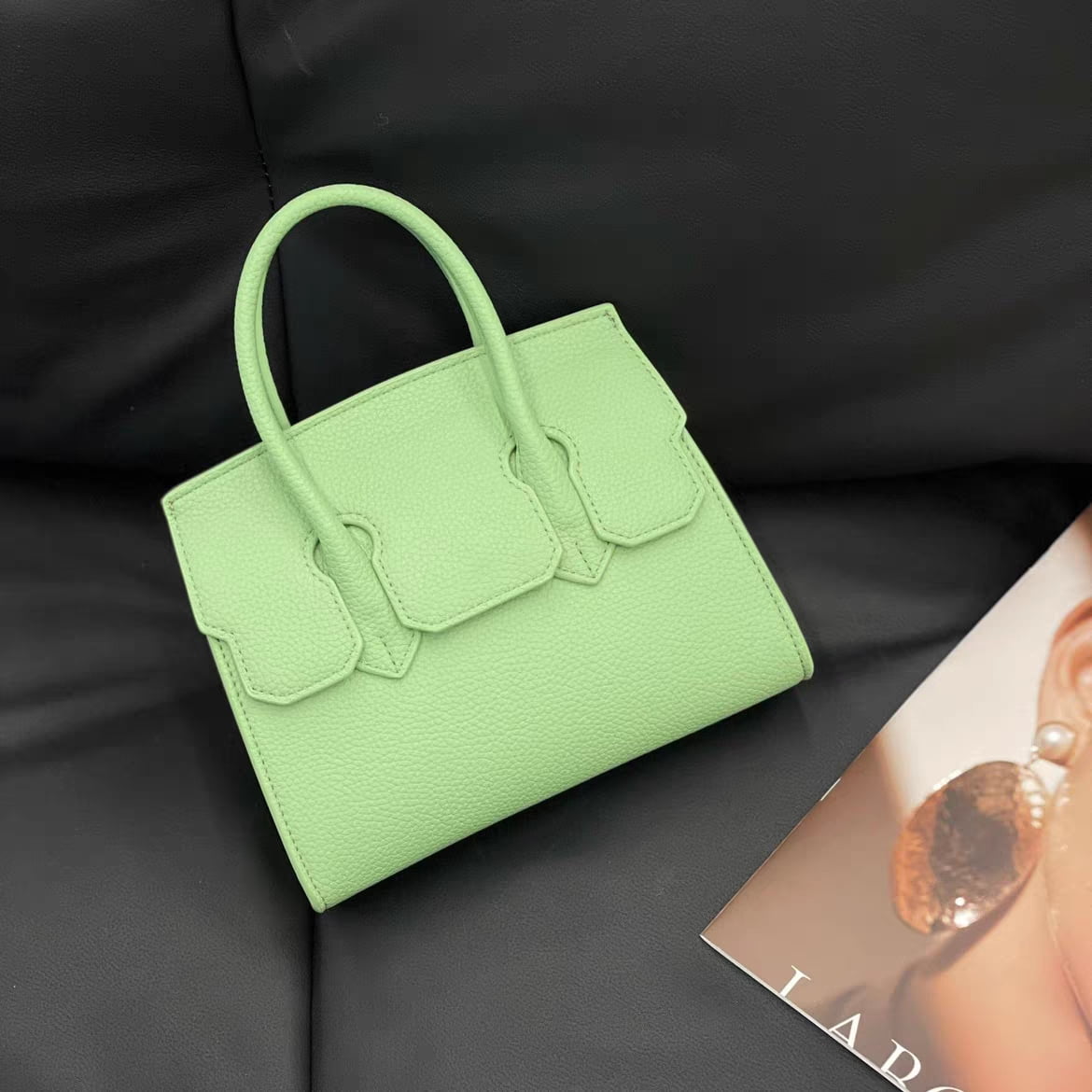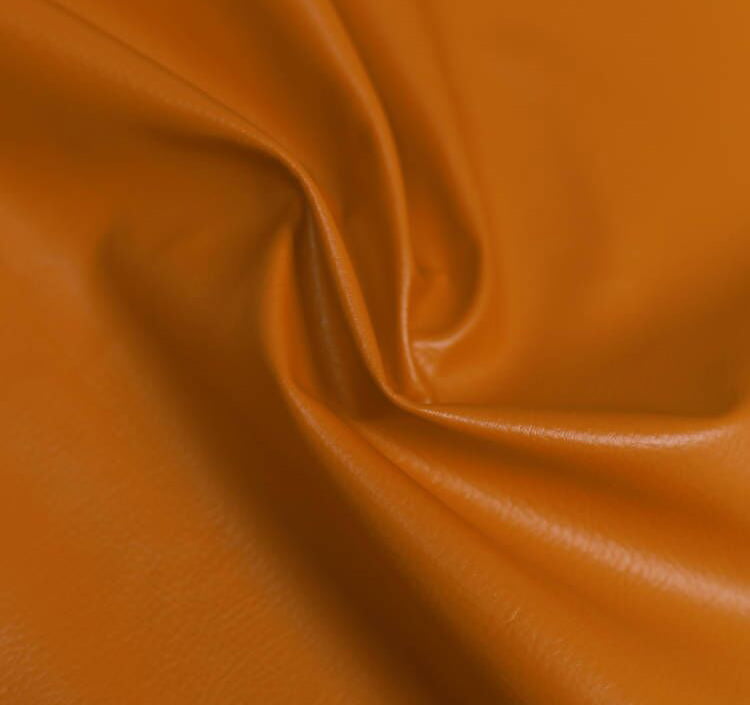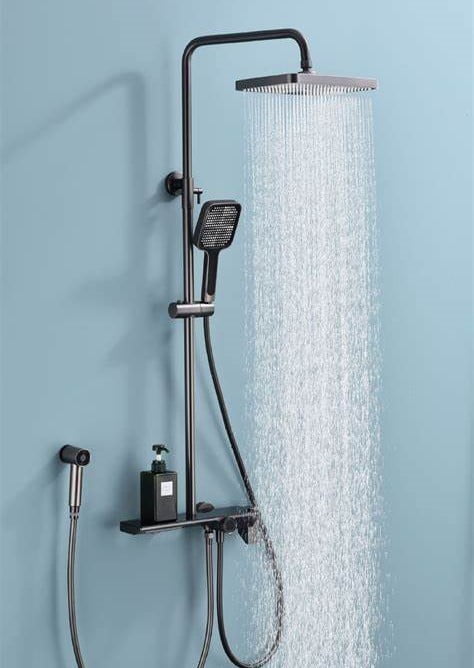
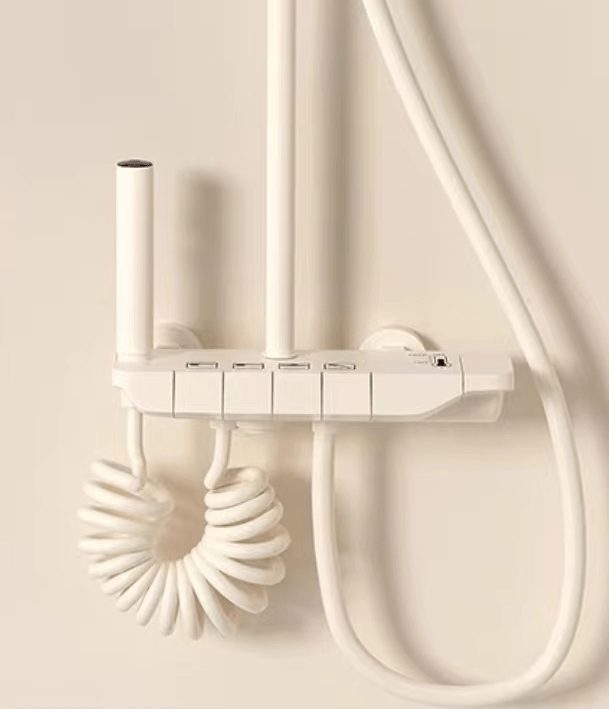
Challenges Faced by the Inner Hose
1. Kinking and Twisting: One of the most common challenges with flexible shower hoses is kinking and twisting, which can disrupt water flow, reduce water pressure, and even lead to hose failure. These issues can occur when the inner hose is bent or twisted beyond its intended limits.
2. Corrosion and Scale Build-Up: The inner hose is constantly exposed to water, which can lead to the accumulation of mineral deposits, scale, and corrosion over time. This build-up can restrict water flow, affect water quality, and impact the hose's lifespan.
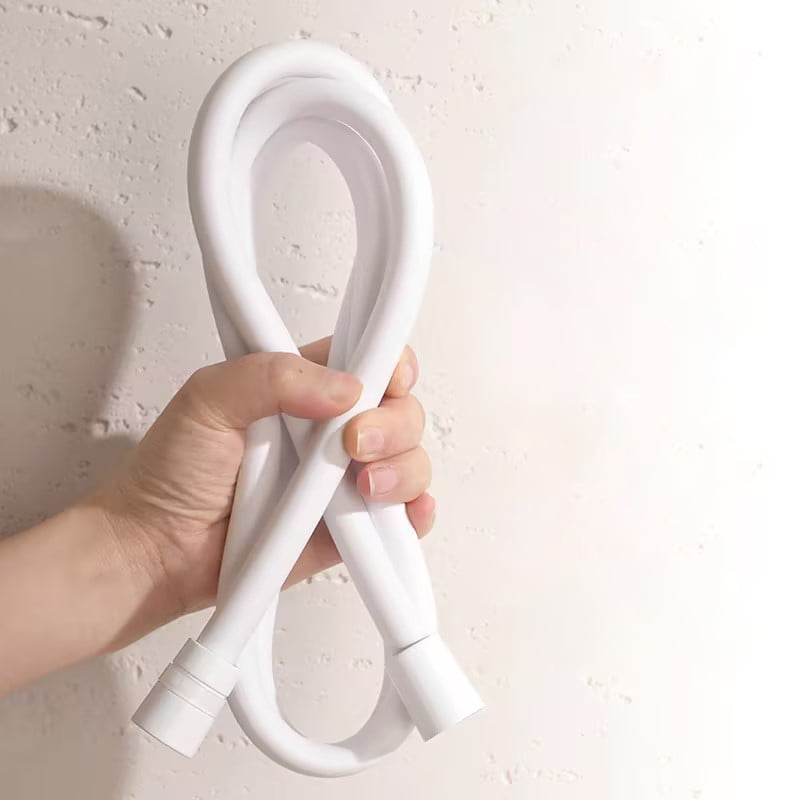
3. Durability and Wear: The inner hose must withstand frequent bending, pulling, and stretching during everyday use. Over time, this can lead to wear and tear, compromising the structural integrity of the hose and potentially causing leaks.
4. Bacterial Growth: Moist and dark environments can encourage the growth of bacteria and mold inside the inner hose. This can lead to hygiene concerns and affect water quality during showering.
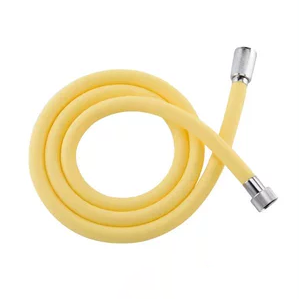
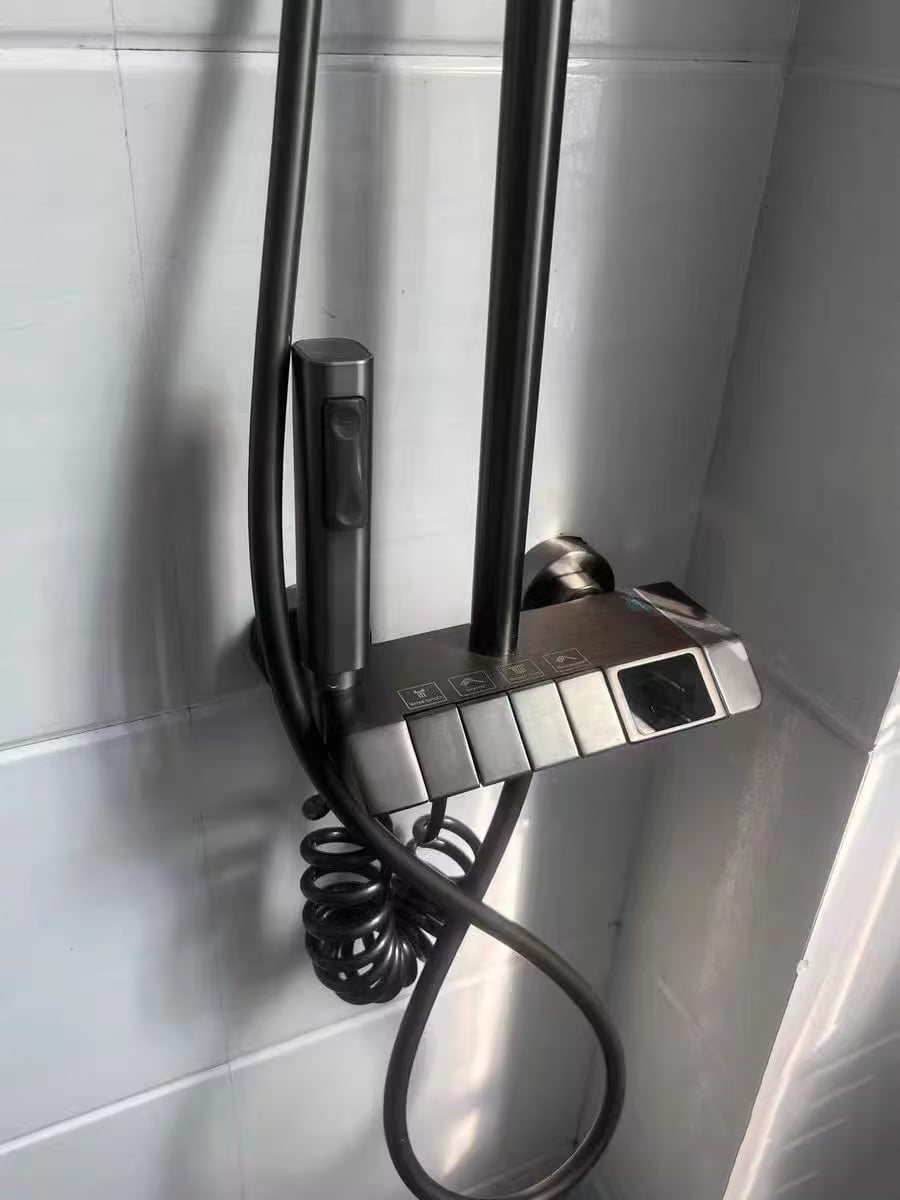
Solutions to Overcome These Challenges
1. Advanced Materials: Utilizing high-quality, flexible materials for the inner hose can significantly reduce the risk of kinking and twisting. Incorporating materials that are designed to resist bending beyond certain angles can enhance the hose's flexibility while maintaining water flow.
Si-TPV thermoplastic elastomer is a low-odor, plasticize free soft kindly friendly elastomer with easy bonding to PC, ABS, PC/ABS, TPU, PA6, and similar polar substrates, it is a super soft material targeted for flexible inner pipe hoses in the bathroom and water systems, great potential application value.
If the Inner Hose of the flexible shower hose Flexible Shower Hois made of soft skin-friendly Si-TPV material inner core for durability, high pressure, temp resistance, and chemical resistance, lightweight, flexible, and has no kinking, ensuring long-lasting performance and comfortable showering experience. The waterproof Si-TPV and its easy-to-clean properties add to their appeal.
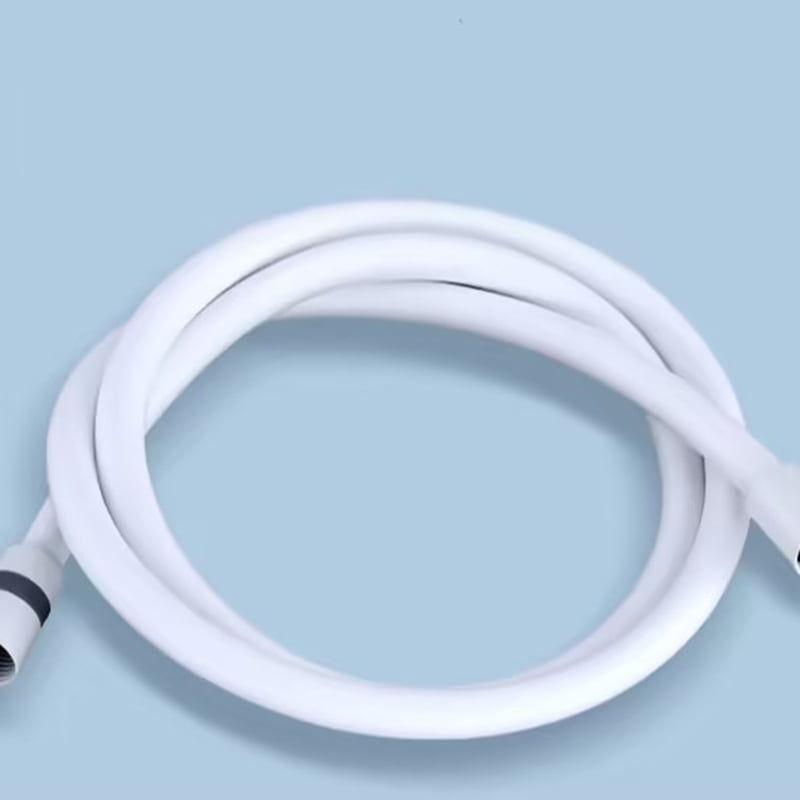
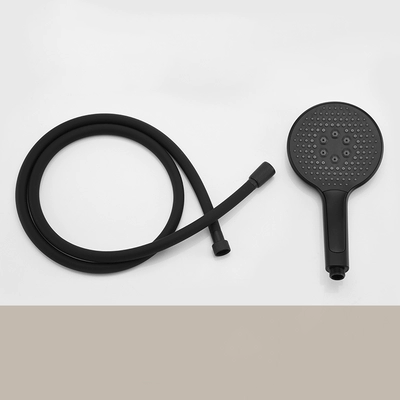
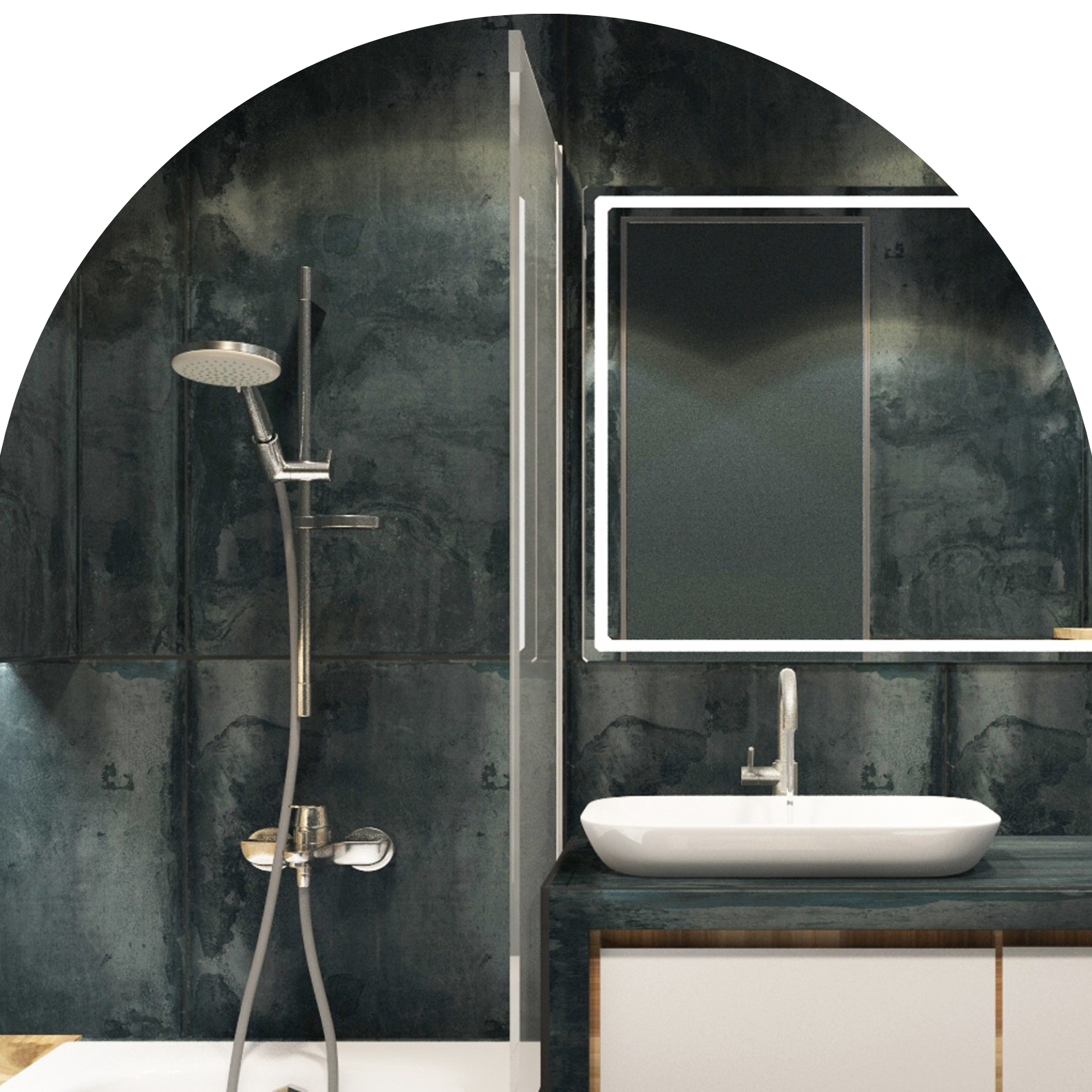
2. Antimicrobial Coatings: Applying antimicrobial coatings to the inner hose can inhibit the growth of bacteria and mold, ensuring a hygienic showering experience. These coatings can help maintain water quality and prevent the formation of biofilms.
3. Scale and Corrosion Resistance: Employing materials with inherent resistance to scale and corrosion can extend the inner hose's lifespan and ensure consistent water flow. Additionally, incorporating specialized liners or barriers can prevent mineral deposits from adhering to the hose's inner surface.
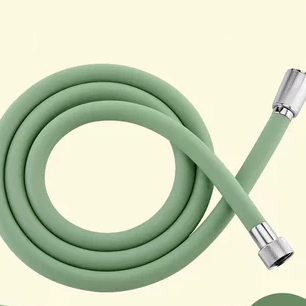
4. Reinforcement and Durability: Reinforcing the inner hose with additional layers or braids can enhance its durability, allowing it to withstand frequent bending and stretching without compromising performance.
5. Innovative Design: Designing the inner hose with features such as a wider diameter or smoother inner surface can reduce friction and enhance water flow, mitigating issues associated with wear and tear.
